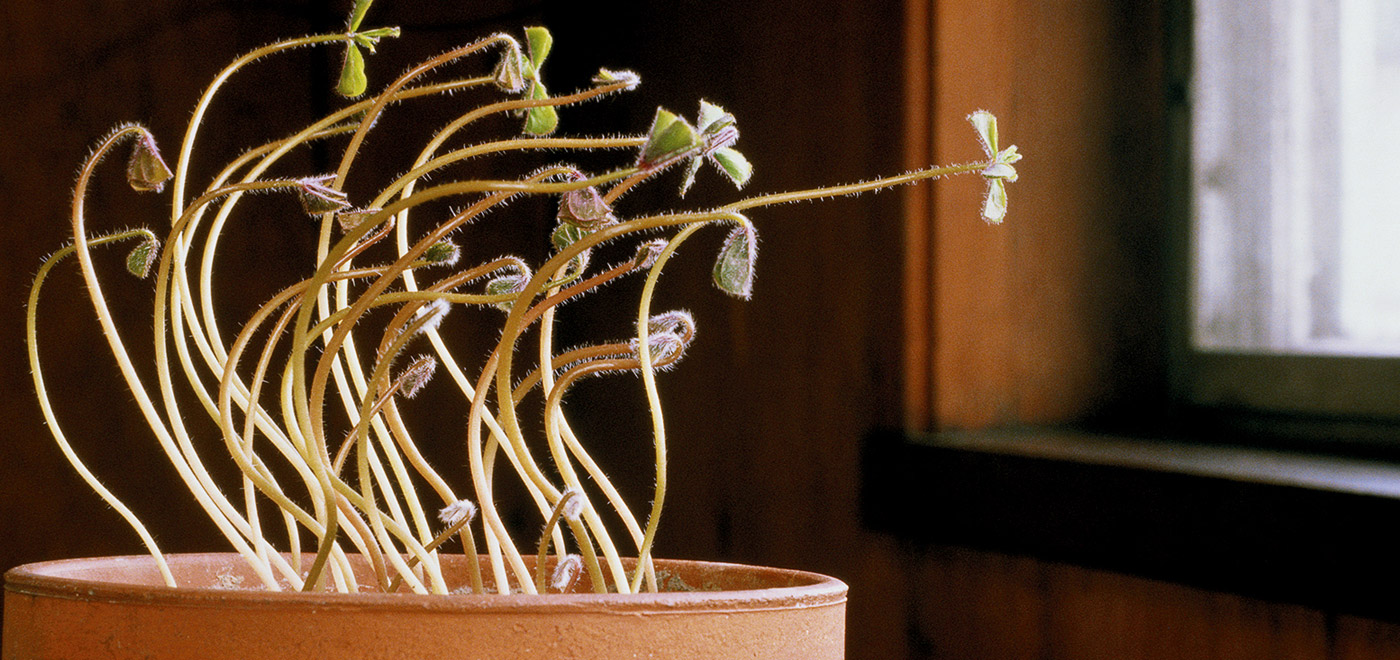Games and Activities About Plants
- January 14, 2015
- By KIDS DISCOVER
Have students try these activities to expand their knowledge and interest in plants.
Science
Plan a field trip to a nearby forest preserve, wetlands, area, arboretum, or botanical garden. Make a checklist for students to use during the trip, identifying the different plants, and even animals, they see. Talk about what biome your community lives in and what type of plants are most common there.
Language Arts
Idioms are expressions that have different meanings than the words that make up the expressions. Have students identify plant-related idioms and provide their meanings. You might suggest these idioms: separate the wheat from the chaff, don’t let the grass grow under your feet, go to seed, coming up roses; bed of roses, one rotten apple spoils the barrel, like two peas in a pod, and go bananas.
Science and Art
Have students use a digital camera to photograph a plant they grow from seed. Encourage them to take at least two photographs every day. Students can use their photographs to make a flipbook that shows the process of growth or to make a time-lapse video clip. They can learn about how plants grow with this topic on photosynthesis.
Science, Art, Math
Have students plan a vegetable or flower garden. They should make scale drawings of the plan, showing where each kind of plant would be located and how many of each plant is needed.
Science
Have students begin a seed and leaf collection. They can collect seeds and leaves of trees and other plants. Suggest that they glue the seed and leaf of each plant on a card and label the card with the plant name. They can see how a seed grows into a plant here.
Language Arts
Organize a Plant Poetry Program. Allow students to find and recite poems about plants from simple nursery rhymes such as “Mary, Mary, Quite Contrary” to more sophisticated poems such as “Daffodils” by William Wordsworth. Students might also write and recite their own plant poems.
Art
Have students prepare for an art show of still life featuring fruits, vegetables, and flowers and scenes featuring gardens and trees. Students should provide a print of the artwork and label the print with information that identifies the artist, the painting’s name, and its dimensions. Display the labeled artwork around the classroom. Students might also try their hand at producing their own artwork.
Games and Activities About Plants | Kids Discover
